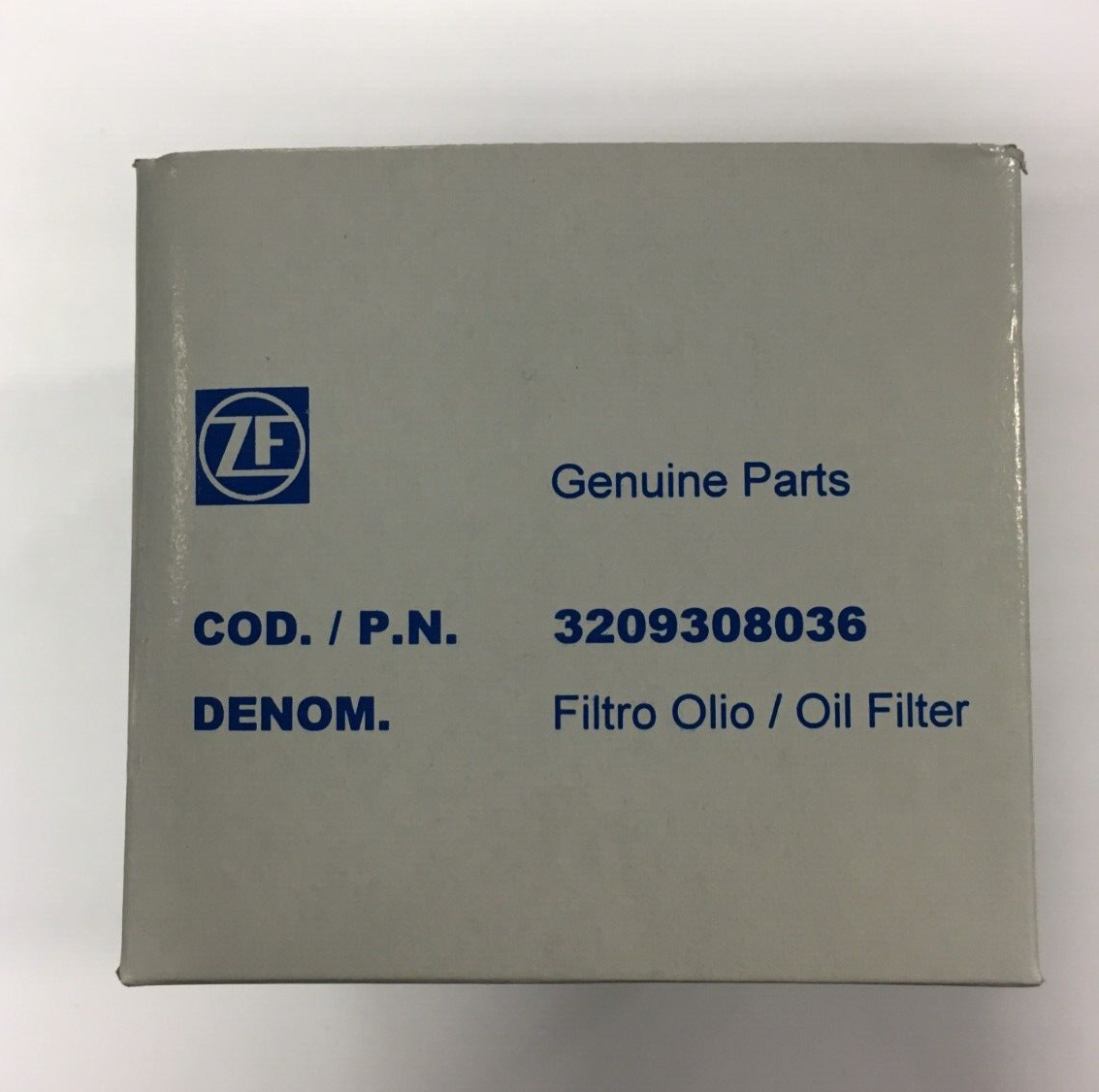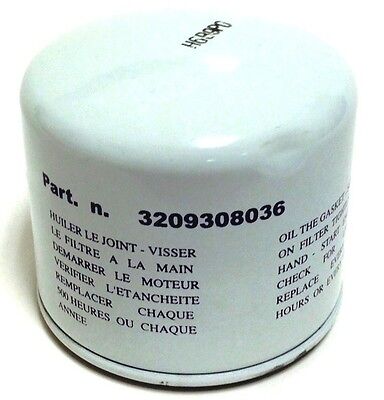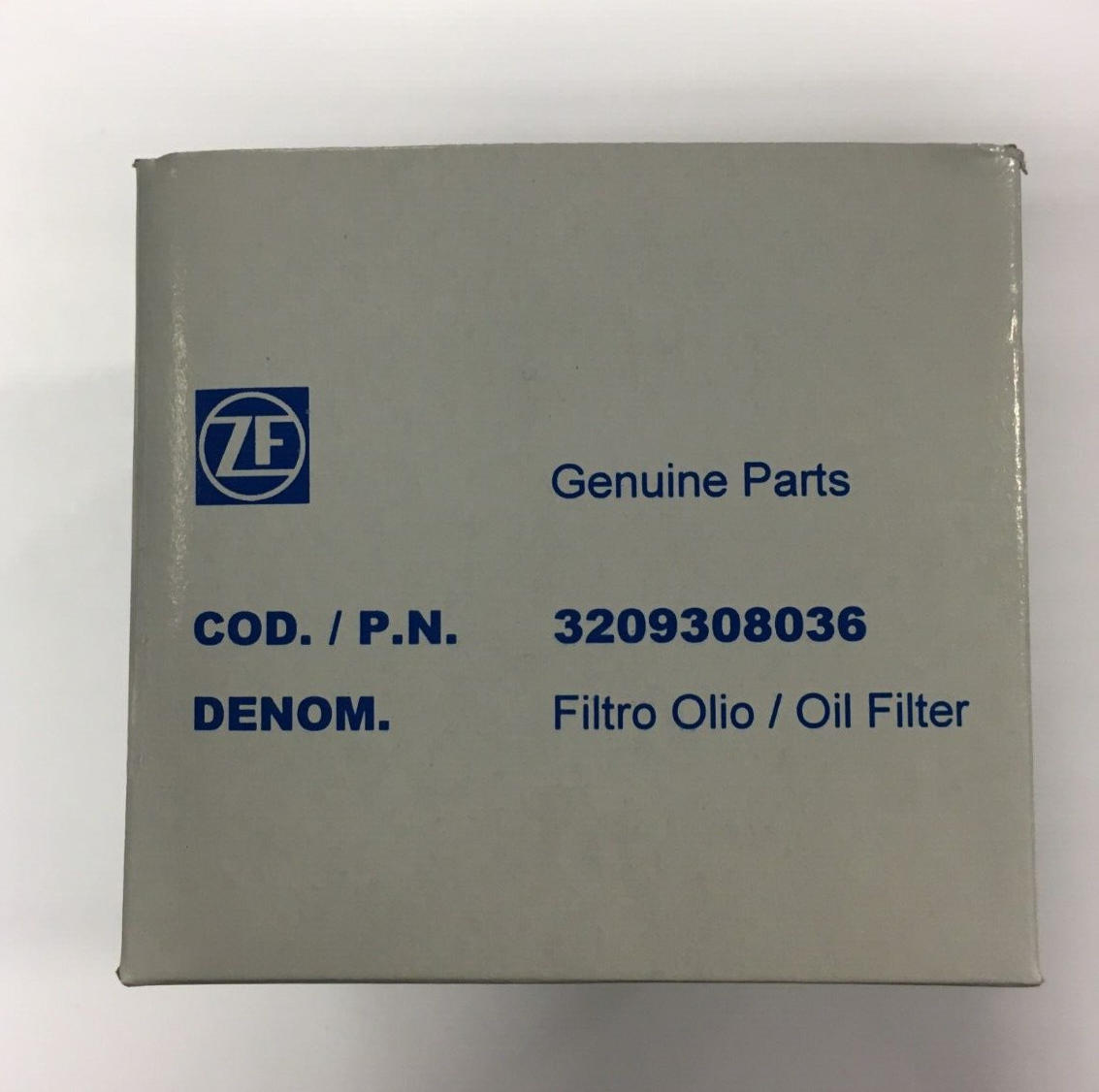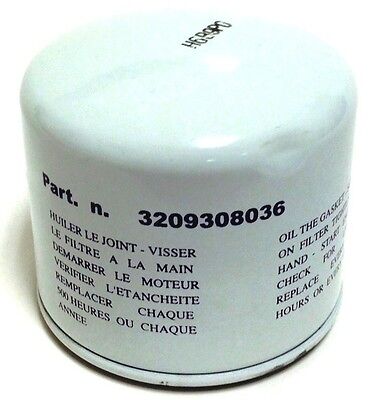Selling fast!
Get yours while you can.
$0.00 USD


Couldn't load pickup availability
Secure your shopping experience with various safe and trusted payment methods.
The Importance of Lube Filtration
Lubricating Oil is the ‘life blood’ of an engine, without which it would rapidly stop working. Lube Filters remove impurities and the wear-causing contaminants from the engine’s oil, rather like kidneys purify the blood. If the Lube Filters are not doing an effective job, engine life can be radically shortened. Lube Oil not only allows the internal components of an engine to move by keeping the various parts separate from each other, it also carries out a number of other very important tasks:
■ Removing Heat
■ Forming a seal between the cylinder wall and the piston rings
■ Cleaning internal surfaces
■ Transporting debris to the Filter
Contamination through Combustion
It may appear that this is a ‘closed loop’ system, where a fixed quantity of Oil is pumped around the same circuit and should be relatively easy to keep clean. However the combustion process, where the fuel and air mixture is burned to generate power, creates a break in this loop. Combustion inevitably generates a number of contaminants which pollute the Oil.
The Fleetguard Product Solution
High pressure fuel injection systems in modern diesel engines result in much lower exhaust emissions than before. However, they can retain more soot in the Lubricating Oil. This will tend to create what we call sludge, a black, almost gelatinous, sticky material which can be abrasive, resulting in increased wear rates that can quickly block a filter. In this case, the bypass valve will open, sending abrasive, unfiltered oil to the moving parts of the engine.
Add tab content here to outline the materials used in your product, highlighting their origins, properties, and benefits. For instance, if you’re describing a jacket, detail the type of fabric used, its durability, and any eco-friendly qualities. Explain the craftsmanship involved, such as specialized weaving or treatment processes, and mention other materials like leather trims or metal fixtures to assure customers of the product's quality.
Include tab content here to detail the dimensions of your product, specifying its height, width, depth, and weight. For example, if you're describing a piece of luggage, provide measurements like the overall height with and without wheels, the internal packing space, and its empty weight. Clarify any additional dimension-related features, such as adjustable handles or expandable compartments, which offer flexibility and extra capacity.
Incorporate tab content here to provide detailed care instructions for your product, specifying how to properly maintain and extend its lifespan. For example, if you're discussing apparel, include washing and drying guidelines, such as machine wash cold, tumble dry low, or hand wash only. Specify if any detergents or cleaning agents should be avoided and whether the item should be ironed or dry cleaned.


$93.35
Selling fast!
Get yours while you can.
